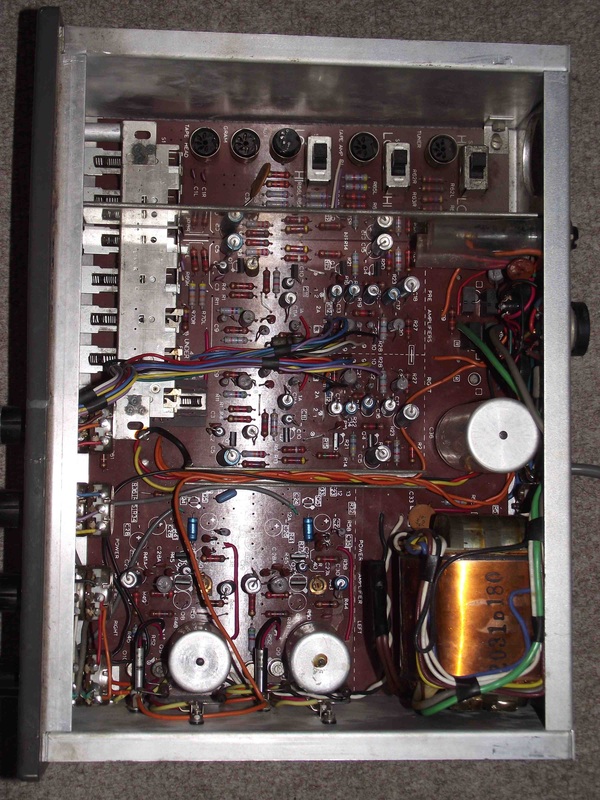Maybe the oil shock of '73 didn't help, but serious competition came along at this time from the Japanese manufactures. Japanese consumer products were a bit of a joke in the 60s, but by the 70s they were able to export real quality. The reliability was excellent, they generally sounded good, and they were well marketed. On top of that they focused on mass production with excellent quality control. So, what did the NZ industry do? Well, instead of rising to the challenge, they just made inferior stuff. Examples such as Bell, Sonophone, Fountain and others exhibited all the hallmarks of 'quantity over quality'. Needless to say, this was not going to work for long, and the industry became extinct.
To be fair, some of the issues would have been considered 'outside our control' eg Tarrifs, Labour costs, but as they say 'adapt or die'. A handful of companies did adapt and continue to manufacture hi-end gear ( eg (eg Perreaux, Plinius). The professional industry suffered the same fate. There used to be guitar amps, power amps, mixers (large and small), and speakers made here. Now all these items are imported.


